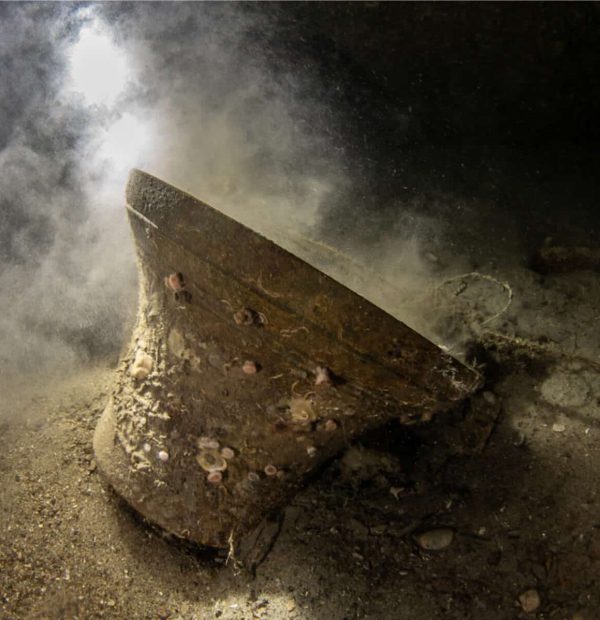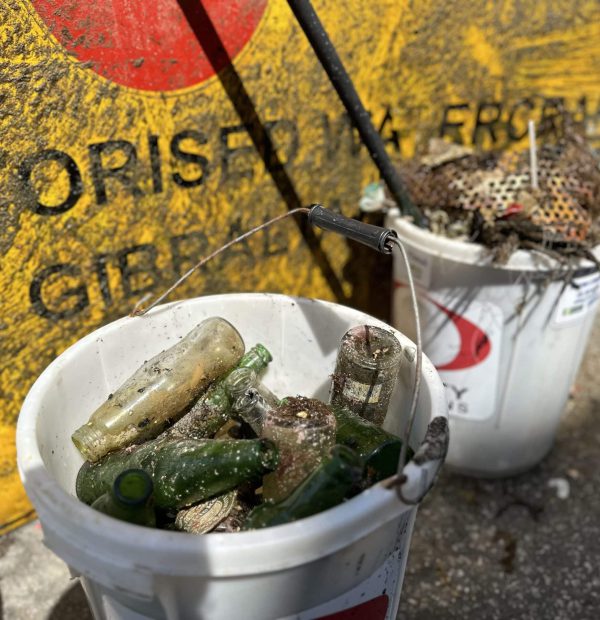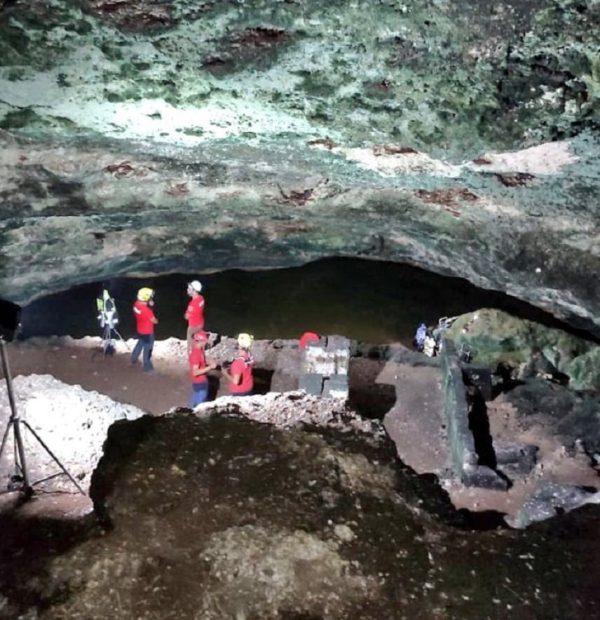Thursday, 16 May 2024
Menu
Employees of the American University Northwestern have created a robot fish. As a model, they used a species called the Brazilian ghost knife fish, which is characterised by quite a specific anatomy, way of moving and a system of locating objects with the help of electro-reception. Thanks to a specially constructed fin, the robot can move both forward and backward, but also vertically up and down.
The long-term observation of this species, and the creation of a computer simulator of its way of moving, is expected to pave the way for the production of robots capable of taking part in search operations, but also being an excellent tool for long-term monitoring and gathering information on coral reefs.
The Brazilian ghost is a nocturnal hunter that prowls the Amazon basin. It detects its prey by means of electro-navigation. Its body is covered with numerous two types of electro-receptors formed from transformed nervous tissue.
The robot is equipped with an electro-sensor system that works very similarly to the natural conditioning of the Brazilian spirit. Scientists hope to soon make improvements that will eventually allow the device to use signals, from its sensors, to detect objects on its own and then, using a mechanical system, to position itself relative to that object.
It is a robot that, contrary to general trends, remains quite slow at the price of very high manoeuvrability. It can be used to explore the sea, but it can also be used to carry out underwater repairs (e.g. locating and fixing an oil spill) or to conduct long-term research and observation on coral reefs.
Source: northwestern.edu










Welcome to DIVERS24.COM, your daily source of scuba news, freediving, scuba diving information, and equipment reviews. Our comprehensive coverage of the dive industry from A to Z provides you with all the latest scuba news, training updates, underwater photography tips, and everything else related to scuba diving. Whether you’re a beginner or an experienced diver looking for more knowledge about scuba gear or techniques – we’ve got it covered! With our in-depth articles written by experienced divers who have been there and done that, you are sure to find exactly what you need here at Divers24.com. Dive into scuba news today!
Underwater Media Sp. z o.o.
Szafarnia 11/F8,
80-755 Gdansk, Poland
Welcome to DIVERS24.COM, your daily source of scuba news, freediving, and scuba diving information. Sign in for a weekly news update and discount coupons for dive gear and apparel.
@2023 - underwatermedia.pl. All Right Reserved. Designed and Developed by Tworzenie stron internetowych Gdansk

The Divers24 portal is currently the largest online medium treating diving in Poland. Since 2010 we have been providing interesting and important information from Poland and around the world on all forms of diving and related activities.
Contact us: info@divers24.com